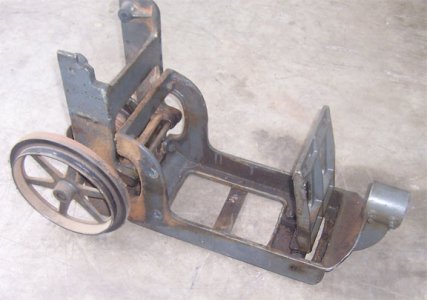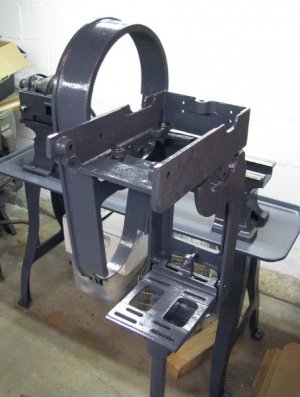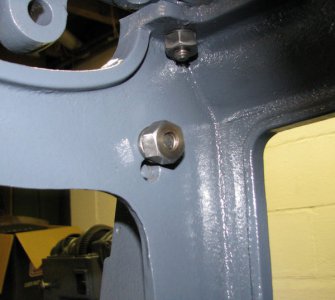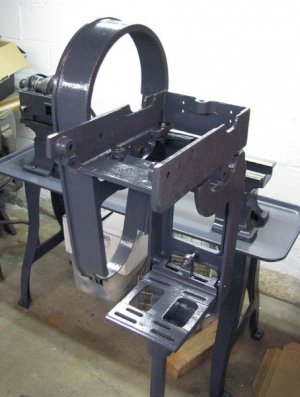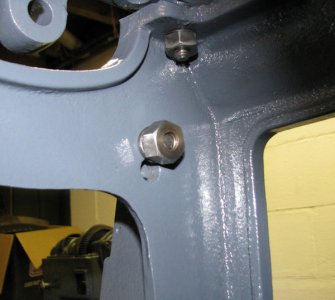- Joined
- Jul 27, 2013
- Messages
- 295
Hey;
Correct. Using an Arkansas red stone to take down nicks and dings and smooth out the surface. Sort of like clay bar on your car's paint, the stone floats on a layer of oil laid down first, much like the carriage and tailstock in normal use. The stone hits any raised areas from impacts and takes them down flush. Obviously you don't want to go so far as to remove the original flaking, since you can't take enough off to remove the dings anyways, but taking the high spots off the dings makes a HUGE difference in how components slide on the ways. You can feel the drag lessen as you continue to stone, and in fact, the function of the stone fairly ceases once the high spots are gone. This is your cue that you are done. It also brightens up the surface and gives a nice contrast to the flaking.
Just paying the inspiration forward!
Correct. Using an Arkansas red stone to take down nicks and dings and smooth out the surface. Sort of like clay bar on your car's paint, the stone floats on a layer of oil laid down first, much like the carriage and tailstock in normal use. The stone hits any raised areas from impacts and takes them down flush. Obviously you don't want to go so far as to remove the original flaking, since you can't take enough off to remove the dings anyways, but taking the high spots off the dings makes a HUGE difference in how components slide on the ways. You can feel the drag lessen as you continue to stone, and in fact, the function of the stone fairly ceases once the high spots are gone. This is your cue that you are done. It also brightens up the surface and gives a nice contrast to the flaking.
Just paying the inspiration forward!



